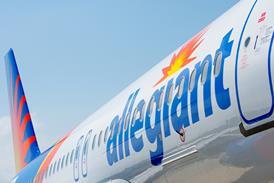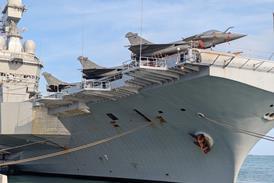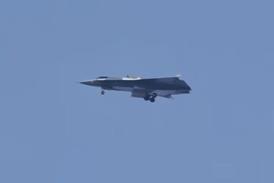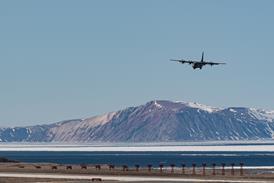Passengers, spoilt by the intuitive apps available on their iPhones, are raising the bar for service companies - and airlines are no exception. But achieving simplicity is complicated. Airlines are complicated. What can be done to overcome this impossible paradox?
There are only two places where you have to queue today: the airport and the post office. I'd gladly allow the post office to have that monopoly in future," quipped Paul Griffiths, chief executive of Dubai Airports, at SITA's recent Air Transport IT Summit in Brussels.
Picture a world where travel is hassle-free. You take out your mobile device. A couple of clicks on a centralised web portal and your flight is booked. You know you secured the best fare available and, thanks to sophisticated revenue management, the airline knows its flight will be full and its bottom line healthy. A couple more clicks and your hotel and transport are booked, along with your favourite restaurant and a quick sightseeing tour. It's all done in minutes.
There's no need to check-in; that was abandoned long ago. As you travel you'll be automatically updated on all your preferences, ranging from price comparisons on the duty free products you use, through to an ATC-linked notification of exactly when your flight will board. It will be on time, thanks to fully-optimised air traffic management. Border control and gate clearance are also automated. As you board, you know you'll be connected throughout.
|
|
|---|
A scene from the film Great Expectations © Rex Features |
A case in point is Air France and KLM, which began combining their IT back in 2004. By 2012 - yes, some eight years later - 95% of Air France and KLM's passenger commercial IT activity will be common. The merger partners are not slow; airline systems are just extremely complex. After all, each year Air France-KLM has to manage relationships with 70 million passengers, most of them travelling on multiple connections, with multiple airlines throughout the SkyTeam network.
"This is globalisation going on," says Air France-KLM chief executive Pierre Henri Gourgeon. "IT is bringing magic tools which make it affordable to manage such complexity. This has been a permanent revolution in the past 10 years, forcing us to dramatically transform our processes in the best interests of our customers."
But the problem is the sheer pace of consumer technology innovation, like the iPhone with its intuitive apps. "The bar is being set very high by Apple and others and our customers don't understand why we can't match it," says Tyler. Nobody cares about the technology itself. Like electricity, they just want it on demand. Meanwhile, by the time an airline IT project comes to fruition, things have already moved on. And even the customer doesn't know what they will want tomorrow. Things have flipped. The consumer market is now driving innovation, rather than the business market.
Tyler's simple, but near-impossible, goal is to treat every passenger as an individual. But while airlines hold a wealth of useful passenger data, it is spread out. No one has full ownership and control. Airlines will need to plough copious amounts of their ever-scarce cash reserves into truly reaching their customers and understanding their individual quirks.
They will need to be directly connected with the customer during all phases of the journey, regardless of which handset they use - standardisation is essential for simplicity. "We should share data," says Griffiths. "Co-operation could lead to a real step change, exceeding expectations."
The feeling from Gourgeon and Tyler was one of unreserved frustration. But with technology changing apace, coupled with airline complexity, perfect passenger journeys will not be available any time soon. In the words of Leonardo da Vinci: "Simplicity is the ultimate sophistication."
Source: Airline Business



























